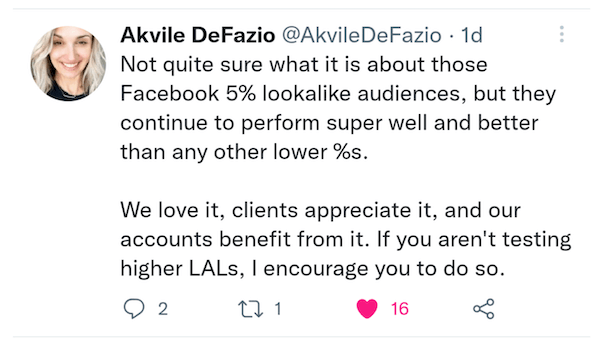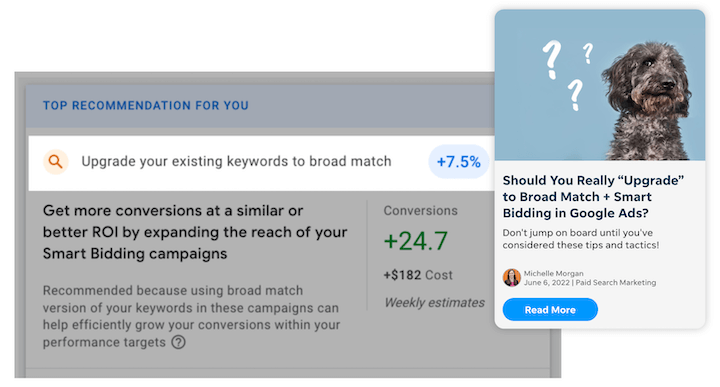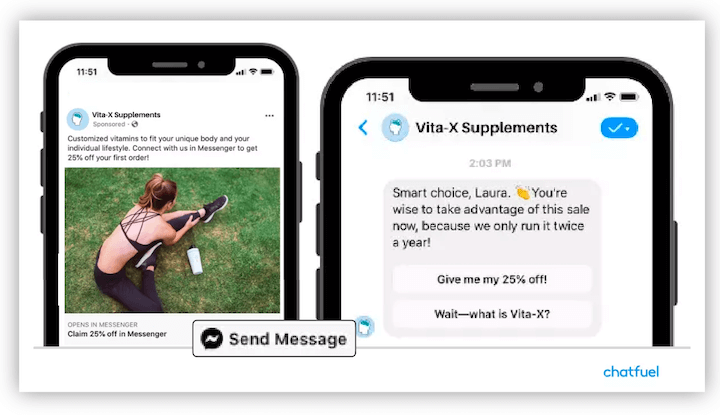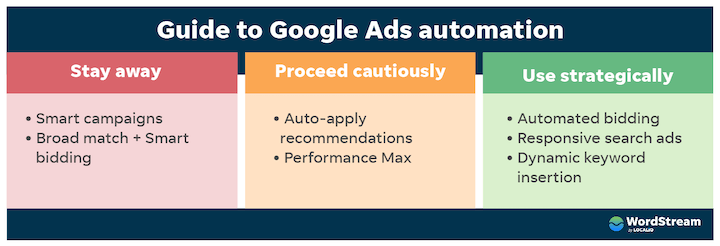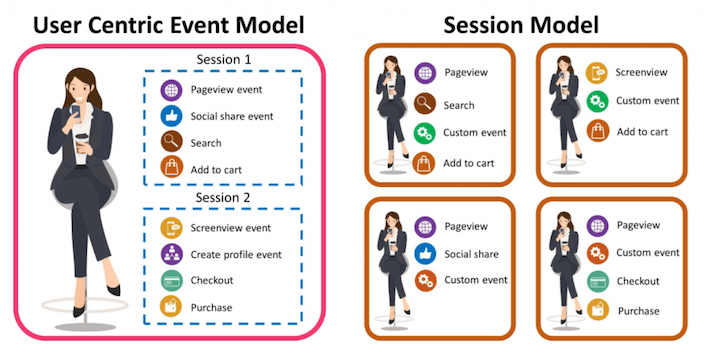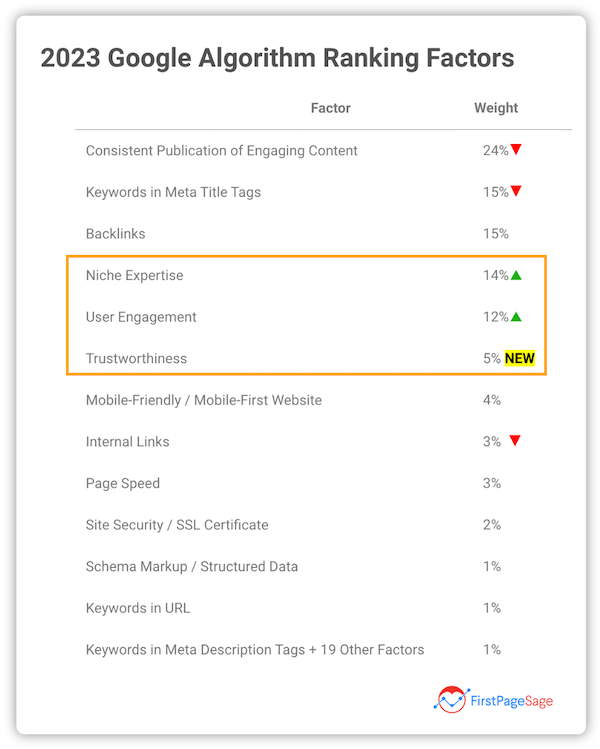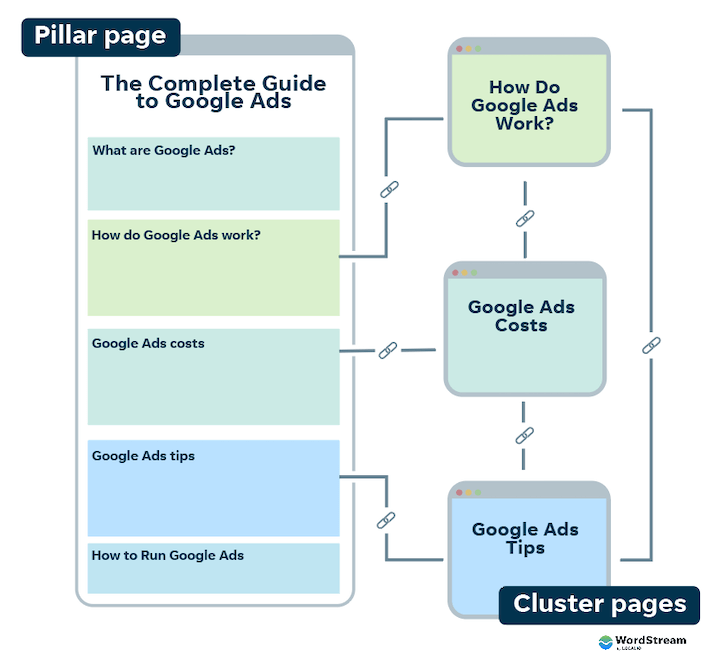The Best Marketing Strategies for Small Businesses in 2023 by WordStream
As a small business entering a new year, it's important to know two things:
1. The broader digital marketing trends to expect in the industry as a whole, and
2. The smaller tactical strategies that are mainstream and already in full swing.
The former is for readiness and results in the long term while the latter is for relevancy and results now.
That being said, read on for the 13 best marketing strategies for small businesses in 2023.
Table of contents
1. Go broad on Facebook…
Privacy measures are impacting every aspect of marketing, but for Facebook advertising in particular, we are seeing reducing numbers in audience sizes—both the ones you can select within the platform and your remarketing audiences from website traffic. You want to make sure you give the algorithm enough data to work with, so whether you're just running campaigns as usual or trying to scale your Facebook ads, keep your audiences broad. You can do this by:
- Stacking interests.
- Targeting interested based on pages with large followings in your niche.
- Expanding your lookalikes from 1% to 5%.
2. …but not on search
ICYMI, search advertising cost per lead has increased significantly this past year. As you can see in the full report , there are a number of trends behind this, but one of them is that of broad match becoming broader than ever.
Google is not only pushing advertisers to use broad match, but also showing ads more broadly across SERPs that don't have commercial intent. So the strategy here: stick with phrase and exact match and stay on top of your negative keyword lists.
3. Try out click-to-Messenger ads
According to Andrew Hutchinson's Social Media Today article, people on social are posting less to their entire following and shifting more toward smaller groups with DMs. Andrew himself doesn't think people are going to be as keen to message with brands, but Hootsuite covers social customer service through social chatbots pretty extensively in its 2023 social media trends report. That said, it could be worth trying out click-to-Messenger and click-to-WhatsApp ads to see if they can be a means of reaching your audience in a channel they're using more frequently.
4. Lean into automation
It's easy to fall into this mindset of anti-automation, especially as Google continues to make its pushes. But the reality is that there are many aspects of automation that do help us out. Just not when we rely on them entirely. The key is to know which features to use and which ones not to use.
- Smart campaigns? Don't do em.
- Broad match + Smart Bidding? Stay away.
- Responsive search ads? Highly effective (plus, your only option) when you know how to use them right.
- Automated bidding? Helpful with the right strategy.
- Performance Max? Good for the right business and budget.
Remember too that automation and machine learning are necessary for the privacy-friendly targeting and reporting solutions Google is working on as we prepare for the deprecation of third-party cookies.
5. More closely align your SEO & CRO
Google Analytics 4 (GA4) is replacing Universal Analytics (UA) in July. For starters, make sure you get your GA4 property set up asap. Since it uses an entirely different model, your UA data will not be available as historical data in GA4.
While this is a major bummer, this different model offers a ton of advantages, including more customer-centric reporting and measurement. For example:
- The ability to see visitor journeys across devices in one property.
- Customer lifecycle reports.
- Machine learning insights and predictions around purchases, churn, and revenue.
photo: https://www.getadigital.com
This is going to make it easier for us to focus on quality over quantity. To take advantage of this, GA4 is going to require you to revisit your SEO metrics and KPIs and to more closely tie them to your CRO and your revenue goals.
This means you'll want to know how to assign conversion values (even if you're not ecommerce). You can learn more about UA vs GA4 here.
6. Focus on niche expertise
According to FirstPageSage, there have been a few changes in the weights assigned to the different Google ranking factors. In particular, niche expertise has increased and trustworthiness is a new factor.
Now, this isn't an exact science, and even the factors that "decreased" in weight are still of the utmost importance. But also, Google updated its search quality rater guidelines in July, which revamped its definition of low-quality pages; and rolled out its new helpful content update system in August.
This all points to a growing emphasis on establishing expertise in your niche. What does that look like?
- Produce quality content not just on anything in your industry, but on the key topics related to your core offerings.
- Recruit subject matter experts in your company and industry as blog authors and optimize your author bios.
- Promote your posts on social, and encourage influencer authors to promote to their networks as well, for social signals.
- Use pillar pages and internal linking for topic authority and better ranking in general.
7. Simplify your SEO content
On a similar note, don't confuse in-depth content on topics in your niche with convoluted content. This means two things:
Keep your cluster pages focused. Take a look at the below example of a Google Ads ultimate guide pillar page and its cluster pages.
While your pillar page should include a Google Ads costs section, your Google Ads costs cluster page doesn't need "what is Google Ads" and "why are Google Ads important" H2S. Keep your cluster pages tightly aligned to the main keyword.
Keep your sections clean. In my editing experience over the past year, I've found myself doing a lot of clean-up. Writers submit pieces that have a lot of useful information, but there is too much overlap in the sections. For example, I'd get a 101 beginner's guide post that had:
- A ton of "what is" information in the intro
- Too many benefits discussed in the "what is" section even though there's a benefits section right below it,
- Lots of great tips in the "how to" section that should be in the "tips" section.
I found myself moving the content around so it would go in its proper section, and oftentimes removing it since it got repeated in its proper section.
When you're writing for SEO, you need to think in terms of a person seeking answers, not knowledge. They search for something, they pick the article on the SERP that they think best answers that question, and then they look in the article for that answer. There is less of a desire to consume and absorb and more of a desire to get to what they're looking for and move on.
So keep your sections super clear and distinct, and make your post simple to navigate with a table of contents and clear headings. Not only will this satisfy readers, but it will also make it easier for Google to surface specific answers in rich results and featured snippets. This gives each individual piece of content, and section within your content, the highest chances of ranking on the SERP and delivering value to your target audience.
10. Treat every platform like TikTok
Legacy social media platforms are going through an identity crisis as TikTok takes over the world. It's hard to say whether they'll find ways to distinguish themselves or just evolve to be more like TikTok, but as of right now, we're seeing more of the latter.
What that means for you is, even if your top channels are still Facebook and Instagram, you should be creating content with the mindset that your audience has TIkTok-like expectations on there. That means focusing on:
- Engaging, short-form video content (Reels, Stories, Shorts). Use our Instagram Story templates!
- Keeping it real (think somewhat unpolished but still tasteful).
- Hooking users in the beginning.
- Maintaining engagement with entertainment (you can still be educational while providing entertainment)

The marketing power of Landing Pages - Blog
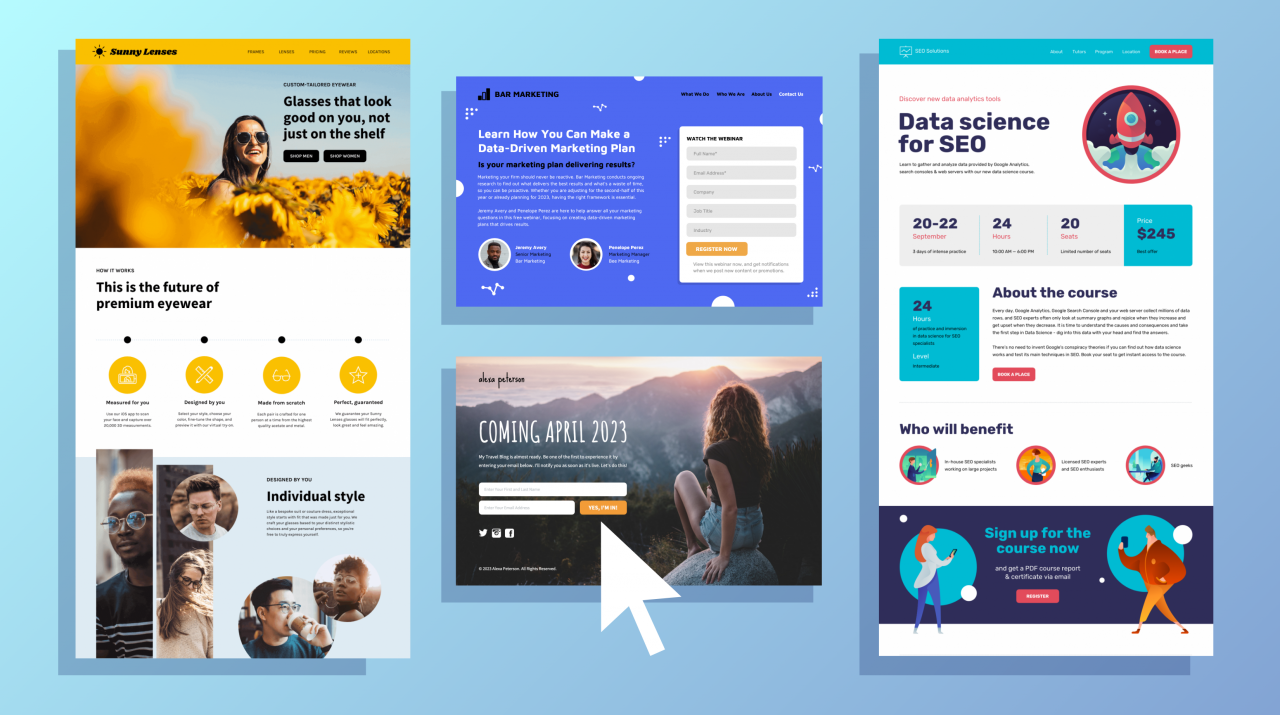
7 Habits of a Highly Effective Landing Page by Hubspot - Blog

8 reasons why your business needs a website - Blog

How a small fishing equipment store built its brand thanks to its online presence - Blog

Small business website examples to inspire by Oberlo - Blog
When you subscribe to the blog, we will send you an e-mail when there are new updates on the site so you wouldn't miss them.


